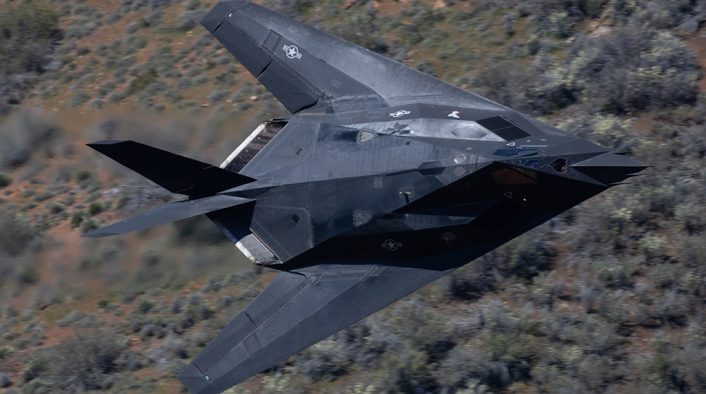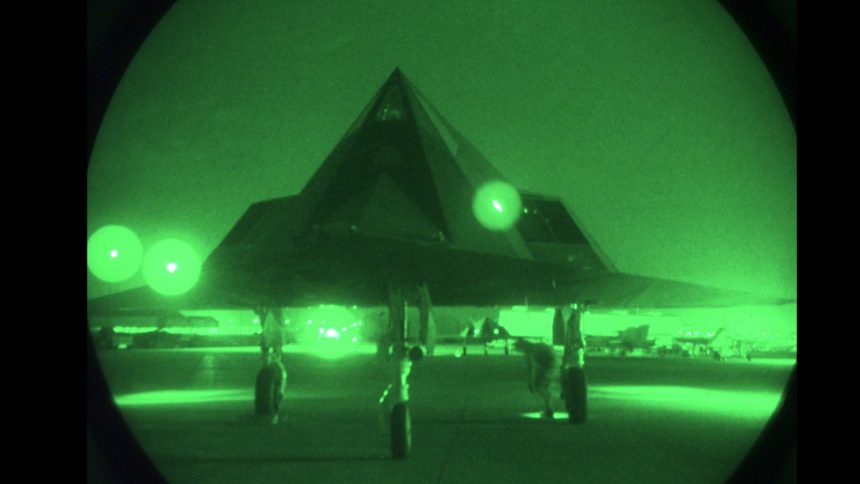OTD in 1999, “Vega 31” was shot down near Belgrade. Here’s how it went.
On Mar. 27, 1999, during the fourth night of Operation Allied Force (OAF) over Serbia, a U.S. Air Force F-117 Nighthawk (#82-0806), flown by Lt. Col. Darrell P. Zelko, was shot down while returning to Aviano airbase, after a strike mission against a target near Belgrade.
The F-117, callsign “Vega 31”, was hit by one of a series of missiles fired by a S-125 “Neva” missile system (NATO reporting name, SA-3 “Goa”) belonging to the 3rd Battalion of the 250th Air Defence Missile Brigade of the Army of Yugoslavia, at a distance of about 8 miles.
According to Sergeant Dragan Matić, the soldier later identified as the operator who fired the missiles, the stealth plane was detected at a range of about 50 to 60 kilometres and the surface-to-air missile radar was switched on for no more than 17 seconds.
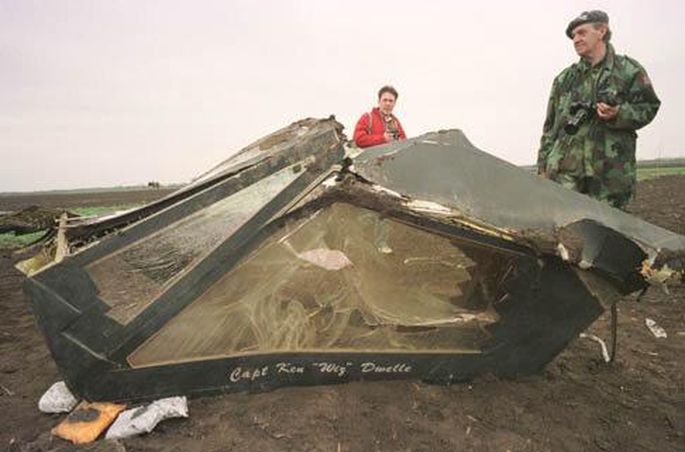
The pilot successfully ejected and was rescued between 5 and 8 hours later (depending on the sources): AFSOC (Air Force Special Operations Command) dispatched MH-53M, MH-53J and MH-60 aircrew along with Special Tactics Airmen responded to the emergency and, coordinated by E-3 AWACS and supported by several specialized platforms, including an EC-130E ABCCC and A-10 in Sandy role, rescued the F-117 pilot.
While the shootdown of the F-117 #82-0806 marked the first ever and only downing of a stealth aircraft in combat, how the Serbians managed to achieve the then almost unbelievable kill is still open to debate.
On one side, the Serbs claimed they had found a way to detect stealth aircraft by using slightly modified radars: the modifications involved the use of long wavelengths to try to “paint” the target at short range, exploiting the moment when the low observability of the Nighthawk was degraded by the opening of the bomb bay door.
However, this was not true: according to some Serbian sources, the story of the modification was purposely told by the battalion commander and served as propaganda. In the end there was no modification of the P-18 or SNR-125 radar.
What is true is that the Serbians were extremely cautious in operating their SAM batteries, dispatching messages without using cell phones or radios, so as not to risk to be intercepted and geo-located, and relocating the batteries across the country.
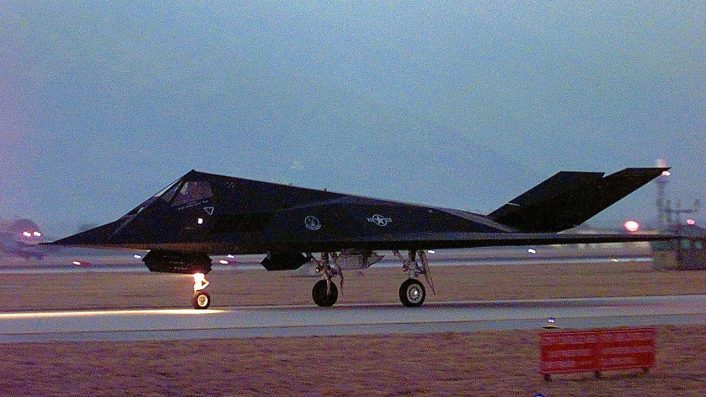
In the end, besides the successful tactics used by the Serbians, the shootdown of the F-117 was also the result of a series of other contributing factors:
- the use of the same route for the third day in a row, making the flight path of the stealth aircraft predictable
- the lack of dedicated SEAD (Suppression of Enemy Air Defenses) support
- the fact that the F-117 approached the Belgrade area flying at low level, jinking and banking
- the Serbs knew that the F-117s were coming, because, they monitored U.S. and allied radio comms on UHF and VHF frequencies, which, at the time, were mostly unencrypted; were also able to intercept NATO plane’s ATO (Air Tasking Orders) that enabled them to put anti-aircraft batteries at positions close to the ground targets; relied on a network of spies who operated outside the Italian airbases spotting aircraft taking off and others, near the Serbian borders, who provided details about the incoming raids.
Anyway, the achievement of Colonel Dani Zoltan, who commanded the SAM battery of the 3rd Battalion and used a SAM system introduced in 1961, is impressive especially considering that, after shooting down “Vega 31”, “Hammer 34”, an F-16C of the 31st Fighter Wing piloted by Lt. Col. Dave Goldfein (future Chief of Staff of the United States Air Force) was also shot down by the 250th Air Defense Missile Brigade on May 2, 1999.
Moreover, it has also emerged that another F-117 was damaged by Serbian air defenses during Allied Force.
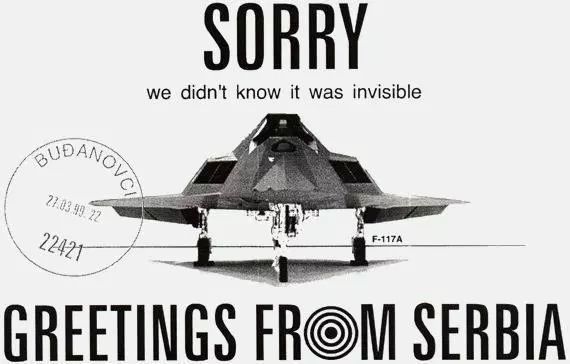
The F-117 today
25 years after the famous and quite surprising, at that time, downing, the iconic F-117 continue to fly, despite being officially retired in 2008.
As we report quite frequently here at The Aviationist, F-117s are still flying not only for training purposes as adversary aircraft and cruise missile surrogate, but also for research, development, test and evaluation, possibly related to next generation programs.
In accordance with of the Nation Defense Authorization Act (NDAA) of 2007 (PL 109- 364, Section 136), 52 F-117 aircraft were retired and relocated to the Tonopah Test Range (TTR). Under the requirements of the NDAA, the USAF preserved each F-117 aircraft in Type-l000 (T-1000) storage, which maintains the aircraft in a condition that allows recall for future service. On 30 November 2016, Section 133 of Subtitle D of the National Defense Authorization Act repealed the requirement to preserve the F-117 aircraft in a recallable condition and the USAF intended to declassify, demilitarize, and disposition four F-117 aircraft per year.

The aircraft continued to be spotted, even more than it had happened until then, with the Nighthawks also deploying to several U.S. bases to carry out Dissimilar Air Combat Training with other U.S. types. Then, in 2021, the U.S. Air Force published the first official images of the type still involved in flight operations on the DVIDS (Defense Visual Information Distribution Service) network.
In September 2022 the Air Force Test Center published a Request For Information (RFI) about a possible 10-year contract, expected to start from January 1, 2024, for maintenance and logistics support services for the F-117A fleet at the TTR airfield, acknowledging that the U.S. Air Force is willing to keep the aircraft flying at least until 2034. Interestingly, the U.S. Air Force is about to complete the certification of the F-117s to refuel from the KC-46: a sign that the service plans to keep the Nighthawk flying for many more years.
